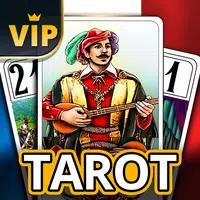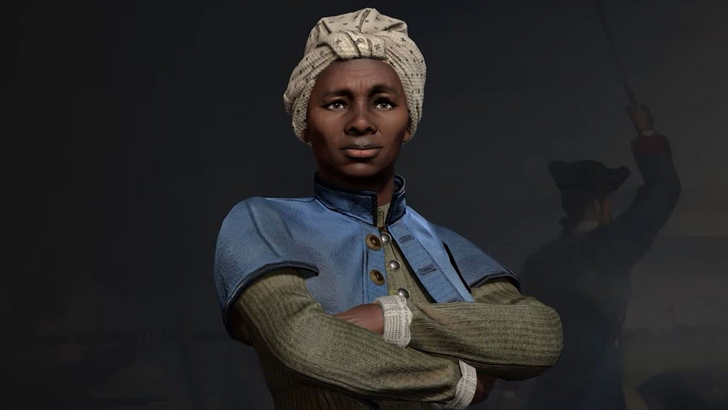
Civilization’s leaders are as iconic as the civilizations they represent, but how Firaxis selects these leaders has evolved significantly over the years. Dive into the journey of Civilization VII’s roster and discover how it reshapes the concept of leadership.
← Return to Sid Meier's Civilization VII main article
Civ VII Redefines What it Means to Be a Leader
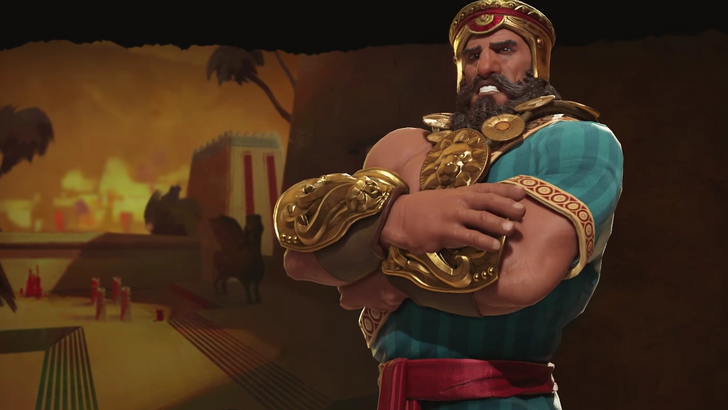
Leaders in Civilization have been integral to the series since its inception, defining the core identity of each game. These figures not only represent their civilizations but also deeply influence gameplay, making them as vital as the civilizations themselves. As the series progressed, leaders have evolved, reflecting the diversity and complexity of real-world history. Each new installment has brought fresh innovations, redefining what it means to lead in the world of Civilization.
Join me on a historical journey through Civilization’s evolution, examining how its roster has transformed, what changes each game brought, and how Civilization VII redefines leadership with its innovative lineup.
Old Civ Was a Superpowers Club Only

Starting with Sid Meier’s original Civilization, the game featured a straightforward roster of 15 civilizations, primarily focusing on major global powers and historical giants. Leaders were chosen based on their historical roles as heads of state, emphasizing widely recognized figures. This approach resulted in a lineup featuring leaders like Abraham Lincoln, Tokugawa Ieyasu, and Julius Caesar, alongside controversial choices such as Mao Zedong and Joseph Stalin. Elizabeth I was the only female leader, reflecting a more traditional, textbook selection process that was fitting for the era but set the stage for future expansions.
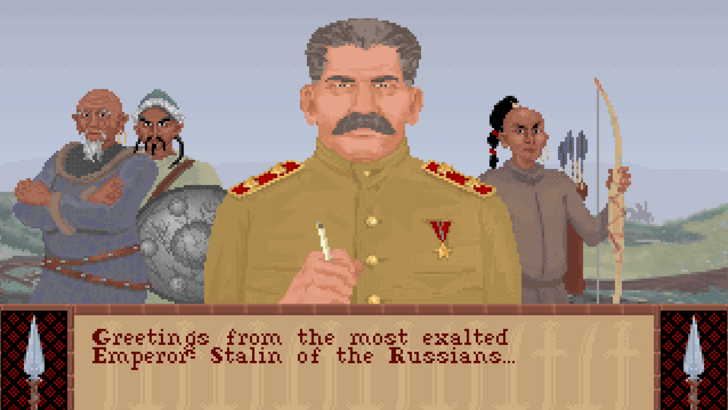
Civs 2 Through 5 Increase Diversity and Creativity in Increments
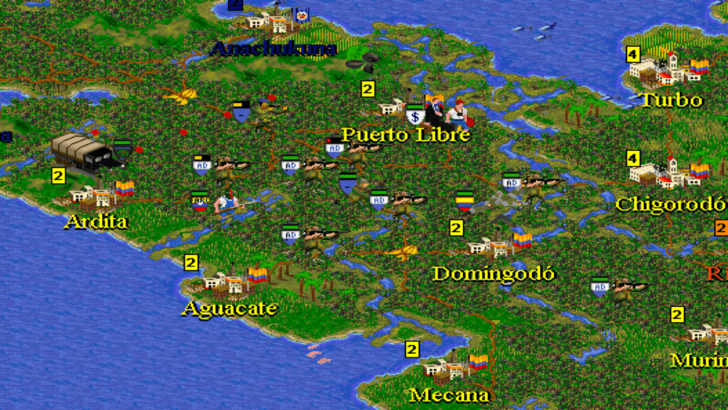
Civilization II marked a significant step forward by expanding the roster to include lesser-known civilizations and introducing a dedicated alternative roster for female leaders. This broadened the definition of leadership, allowing figures like Sacagawea and the goddess Amaterasu to represent their civilizations.
Civilization III integrated more female leaders into the base game, with figures like Joan of Arc and Catherine the Great replacing traditional male leaders. By the time Civilization IV and V arrived, the roster had grown to include a wider array of leaders, from revolutionaries to consorts, showcasing a more inclusive narrative of human history.

Civ 6 is When The Roster Starts to Get Spicy
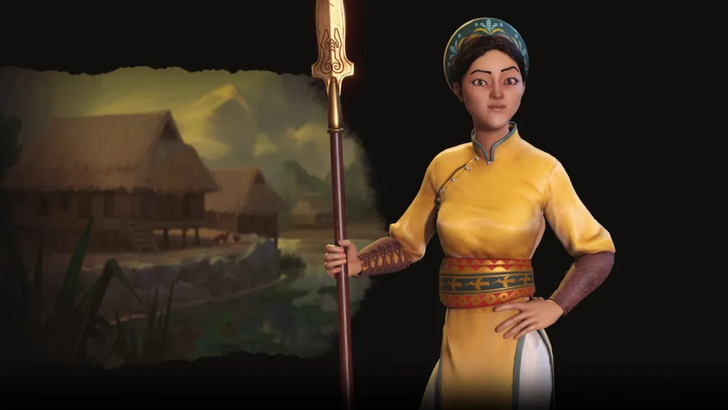
Civilization VI marked a turning point with its vibrant, animated leader designs and the introduction of Leader Personas. These personas offered different playstyles for the same leader, enriching the game’s strategic depth. The game also embraced lesser-known heroes from diverse civilizations, such as Lautaro of the Mapuche and Bà Triệu of Vietnam. Leaders like Eleanor of Aquitaine and Kublai Khan could lead multiple civilizations, reflecting different phases of their lives.
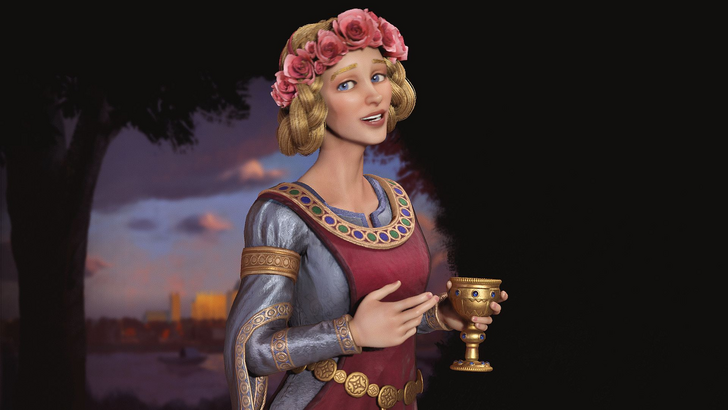
Civ 7 Forgoes Series Staples for Fresh Faces and Unique Leaders
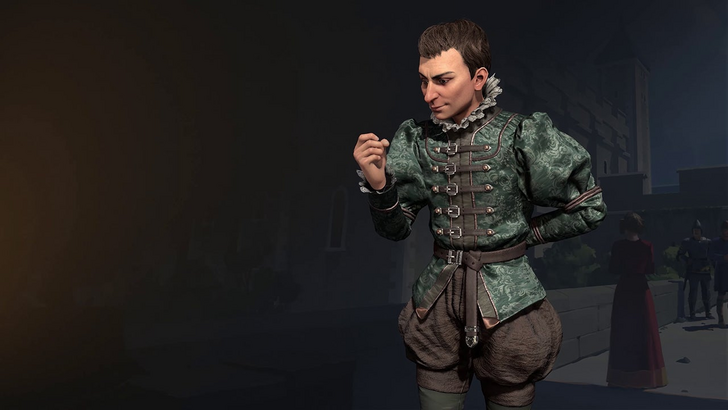
Civilization VII takes the series’ evolution to new heights with its most diverse and innovative roster yet. By adopting a mix-and-match approach, the game allows for unconventional leaders to shine. Harriet Tubman, for instance, brings her abolitionist legacy to the forefront, focusing on infiltration and espionage. Niccolò Machiavelli embodies cunning diplomacy, while José Rizal represents the Philippines with a focus on cultural events and diplomacy.

After nearly three decades, Civilization has evolved from a game about superpowers to a rich tapestry of diverse leaders, each contributing to the narrative of human history. While the definition of leadership has changed, its importance remains constant. As we look forward to future installments, we can appreciate the journey Civilization has taken in redefining what it means to lead.
← Return to Sid Meier's Civilization VII main article
Sid Meier's Civilization VII Similar Games






